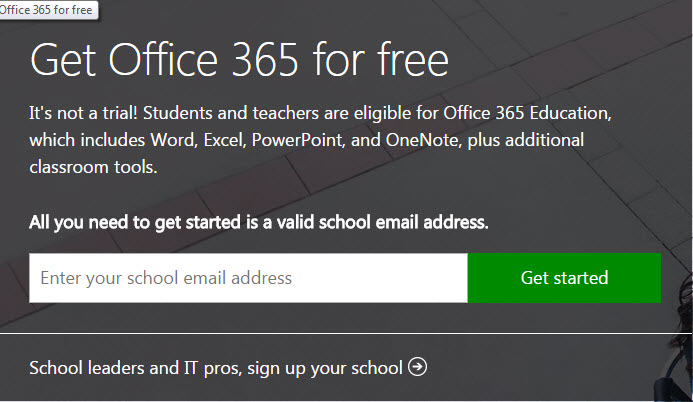
Local and global digital content were identified by UNICEF teams and their stakeholders and were approved by MoPSE and the UNICEF Learning Passport Working group. The platform hosts Radio Lessons, Syllabuses, Teacher Guides/resources, and Learning Modules (audio lessons, online books, videos, and interactive content). The Zimbabwe Learning Passport provides learners, in both formal and non-formal education, access to learning resources. Learners and Teachers have access to both local and global open content. The Learning Passport bridges the gap between those who can afford paid e-Learning platforms and those who can’t. Most of the e-Learning platforms in Zimbabwe are commercial/owned by private players, Learning Passport is the first digital content owned and managed by the Ministry of Primary and Secondary Education (MoPSE) and is available for learners and stakeholders for free. The Learning Passport (LP) promotes continuous learning during and after the COVID-19 pandemic by offering high-quality, flexible learning that includes skills development courses for all Children, Youth, and Teachers. Zimbabwe is the second country, after Puntland, Somalia, in Eastern Southern Africa Region (ESAR) to launch the Learning Passport.
#Microsoft office student free to zimbabwe free#
To overcome these challenges and accelerate UNICEF mandate of transforming societies through education, a new and free digital learning platform called Zimbabwe Learning Passport is designed and launched on March 11, 2021. The Learning Passport improves the education of learners in the country who face barriers to learning because of poverty, discrimination, conflict, and disaster such as the COVID-19 pandemic. But the radio lessons do not have the capability for learners to have an online service where they could access the radio lessons later and play them again if they needed to. The radio lessons proved to be efficient in a country like Zimbabwe where the poverty gap is very high and connectivity is poor in marginalized communities (with only about 31% of schools in Zimbabwe are connected to the internet).

The Ministry of Education ensured continuity of learning by following a blended approach where students continue learning via Radio, online lessons, and face-to-face learning where schools are open for face-to-face learning. Since then, schools were partially opened, closed, and then fully opened throughout 2020-2021. In Zimbabwe, the school closure in March 2020 affected over 5 million learners.

Since the onset of the COVID-19 pandemic at the beginning of 2020, governments globally and in Africa closed schools fully or partially as one of various public health and social measures intended to curb COVID-19.


 0 kommentar(er)
0 kommentar(er)
